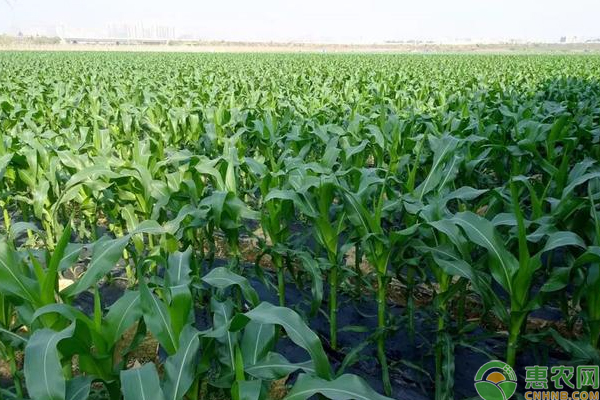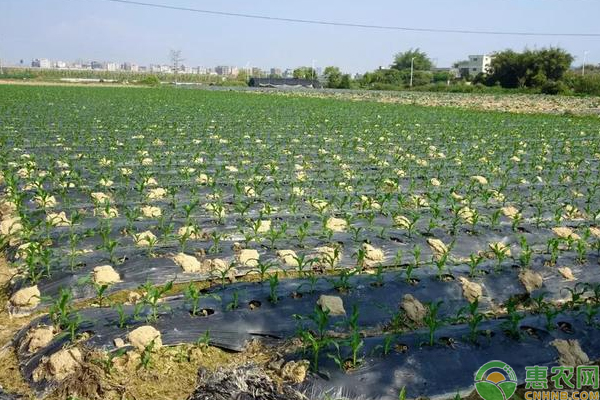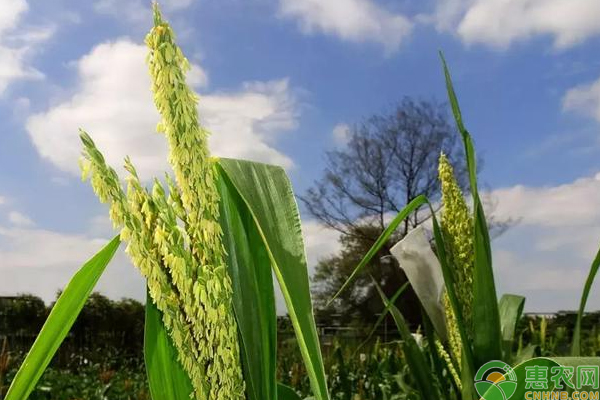Corn planting is divided into seedling stage, ear stage, fruit stage and so on. The ear stage is the symbiotic stage of corn vegetative growth and reproductive growth. This period is also very important. The following small series will analyze the characteristics of growth and development of corn ear and its requirements for cultivation management.

Before the jointing, the plants only differentiated and grew the vegetative organs. After jointing, the stem growth point differentiates into tassel, and the axillary bud in the upper part of the plant differentiates into the ear. The period from the jointing to the tassel flowering is called the ear stage, or the ear stage. During this period, while the vegetative organs are growing vigorously, the reproductive organs begin to differentiate and grow. Therefore, the ear stage is also called the symbiotic growth and reproductive growth symbiosis stage. The ear stage stage has experienced the growth period of the small trumpet period, the big trumpet period and the tassel stage.
The length of the ear stage varies depending on the variety and environmental conditions. The early maturing varieties are short and the late-maturing varieties are long; the same varieties have low temperature in spring sowing, autumn sowing and winter sowing, and the earing period is long; the summer sowing temperature is high and the earing period is short.

At the ear stage, the growth of vegetative organs such as roots, stems and leaves is very strong, the volume is rapidly expanded, and the dry weight is sharply increased. By the time the tassels flowered, all the leaves had spread out, and the leaf area per plant reached the maximum; the stem growth and stem weight increased rapidly; 85% of the total dry weight of the roots accumulated at the ear stage. The tassel and the ear of the plant are strongly differentiated and grow rapidly. When the tassel is drawn, the tassel is mature.
It can be seen that the ear stage is the fastest growing period of corn life, and it is also the most intense period of competition between organs. The contradiction between groups and individuals and individuals is increasingly prominent. Therefore, the earing stage is the most critical period for corn field management. In the ear stage, the root system is gradually strengthened, requiring fertilizer and water demand. At the same time, the leaves at the heading stage have stronger photosynthesis ability. The distribution of photosynthetic products in the unfolded leaves is changed from young leaves to stems, and then to tassels and ears.

Compared with the seedling stage, the ear stage is like wet, afraid of drought, and fear of wind, requiring sufficient fertilizer and water to ensure vigorous vegetative growth and reproductive growth. The suitable soil water content is 70%-80% of the field water holding capacity. If the big trumpet period is dry, the tassel can not be pulled out normally, and the production is called "card neck" drought, causing serious production cuts. When the male is plucking, the plant is tall and the stem has high water content, tender and brittle, and collapses in case of strong winds.
The external traits of high-yielding maize at the heading stage are: the plant grows robustly, grows fast but not too prosperous; the base section is short, the middle section is thick and long; the green leaves are many, the leaves are dark, and the area is large; the population is coordinated with the individual development. The group has a high degree of uniformity, a low rate of weak plants, and uniformity. The focus of field management in the ear stage is to strengthen the stalk, promote the leaf, and attack the ear, coordinate the contradiction between the group and the individual, so that the group and the individual can grow and develop steadily. The requirements of the measures are: controlling the application of nitrogen fertilizer during the jointing period, and watering frequently; in the large bell period, the potassium sulfate type (or potassium chloride type) compound fertilizer should be re-applied, and the water is poured thoroughly.
The above is the skill and requirements for the cultivation and management of the ear of corn, which is shared by Xiaobian. I hope to help the growers.
The number one ingredient is Xylitol, which chewing gum with xylitol may help reduce the risk of tooth decay. Sugar-free and containing vitamins for a guilt-free FLAVOR sensation!The number one ingredient is xylitol, which chewing gum with xylitol may help reduce the risk of tooth decay. Sugar-free and containing vitamins for a guilt-free FLAVOR sensation!The number one ingredient is xylitol, which chewing gum with xylitol may help reduce the risk of tooth decay. Sugar-free and containing vitamins for a guilt-free FLAVOR sensation!
Xylitol Chewing Gum,Xylitol Gum,Xylitol Spry Chewing Gum,Orbit Xylitol Chewing Gum
Soar Biotech Co.,Ltd , https://www.xylitgum.com